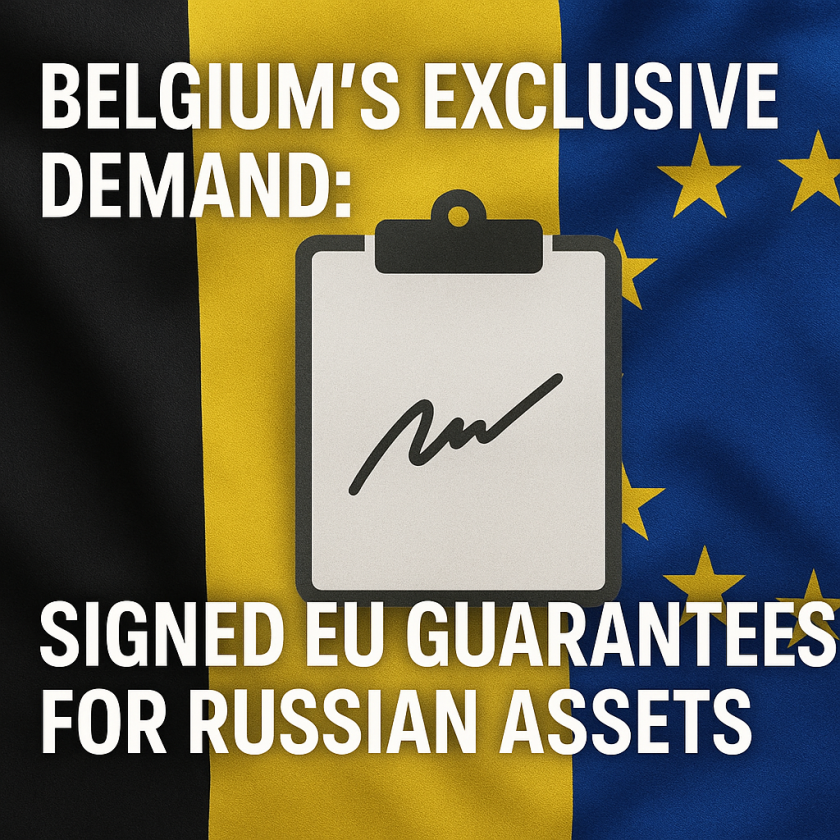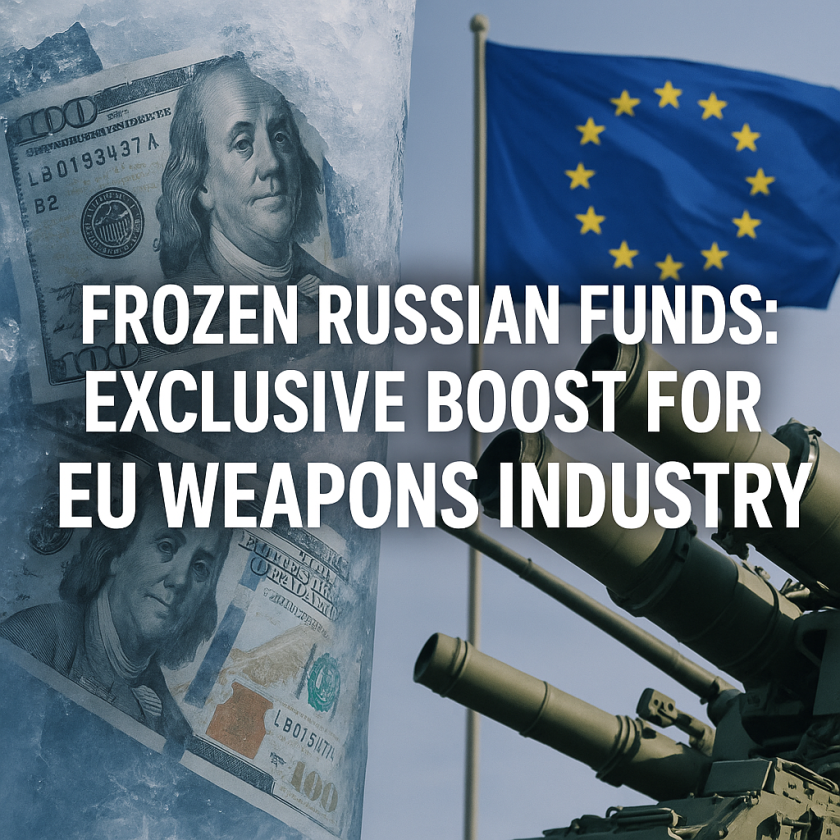Understanding Trump’s Tariffs: A Visual Guide to 15 Key Economic Terms
Understanding Trump’s Tariffs: A Visual Guide to 15 Key Economic Terms
Introduction to Tariffs
Tariffs, a form of tax imposed on imported goods, have been a significant tool in international trade policy. Under the Trump administration, tariffs became a focal point of economic strategy, aiming to protect domestic industries and address trade imbalances.
Key Economic Terms Explained
This guide breaks down 15 essential economic terms related to tariffs, providing a clearer understanding of their implications and effects on the global economy.
1. Tariff
- A tax levied on imported goods to make them more expensive and less attractive compared to domestic products.
2. Trade War
- A situation where countries impose tariffs or other barriers on each other in retaliation, often leading to increased tensions and economic disruption.
3. Import Quota
- A limit on the quantity of a specific good that can be imported, used to protect domestic industries from foreign competition.
4. Trade Deficit
- Occurs when a country imports more goods and services than it exports, often cited as a reason for implementing tariffs.
5. Protectionism
- An economic policy of restricting imports to protect domestic industries, often through tariffs and quotas.
6. Retaliatory Tariffs
- Tariffs imposed by a country in response to tariffs placed on its exports by another country.
7. Supply Chain
- The network of production and distribution processes involved in creating and delivering a product to the consumer, which can be disrupted by tariffs.
8. Subsidy
- Government financial support to domestic industries to make them more competitive against foreign imports.
9. Dumping
- When a country exports goods at a price lower than the cost of production, often leading to anti-dumping tariffs.
10. Most-Favored-Nation (MFN) Status
- A trade status granting a country the same trade advantages as the most favored trading partner, often affected by tariff policies.
11. Bilateral Trade Agreement
- An agreement between two countries to reduce trade barriers and increase trade, sometimes used as an alternative to tariffs.
12. Globalization
- The process of increased interconnectedness and interdependence of economies worldwide, which can be impacted by tariff policies.
13. Economic Sanctions
- Penalties applied by one country on another, often in the form of tariffs, to influence political or economic behavior.
14. Trade Liberalization
- The removal or reduction of trade barriers, such as tariffs, to encourage free trade among countries.
15. Currency Manipulation
- When a country artificially adjusts its currency value to gain an unfair advantage in international trade, sometimes leading to tariff responses.
Conclusion
Understanding these key economic terms is crucial for grasping the broader implications of tariffs on global trade. Trump’s tariff policies have sparked debates on protectionism, trade wars, and economic strategy, highlighting the complex interplay between domestic interests and international relations.


































